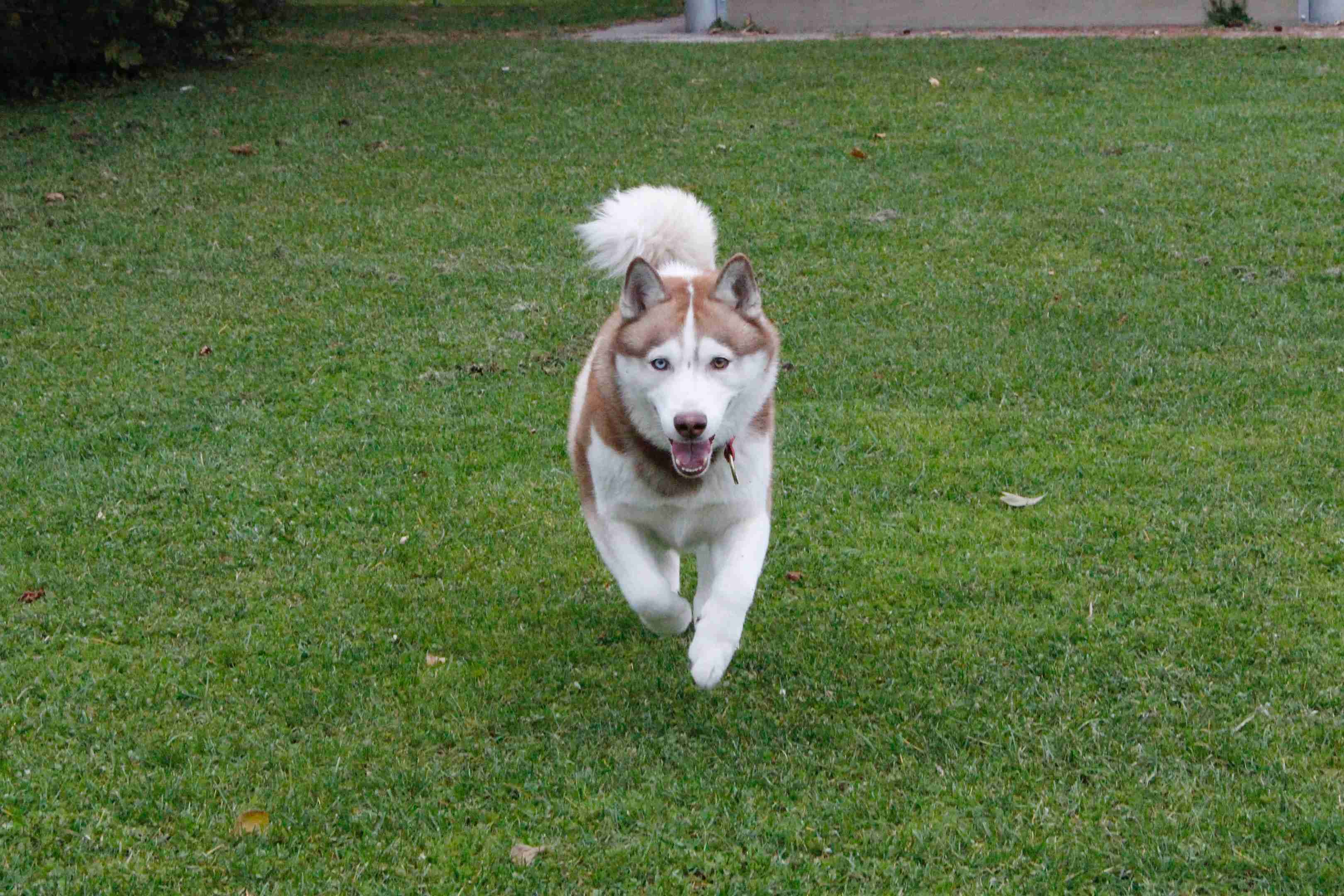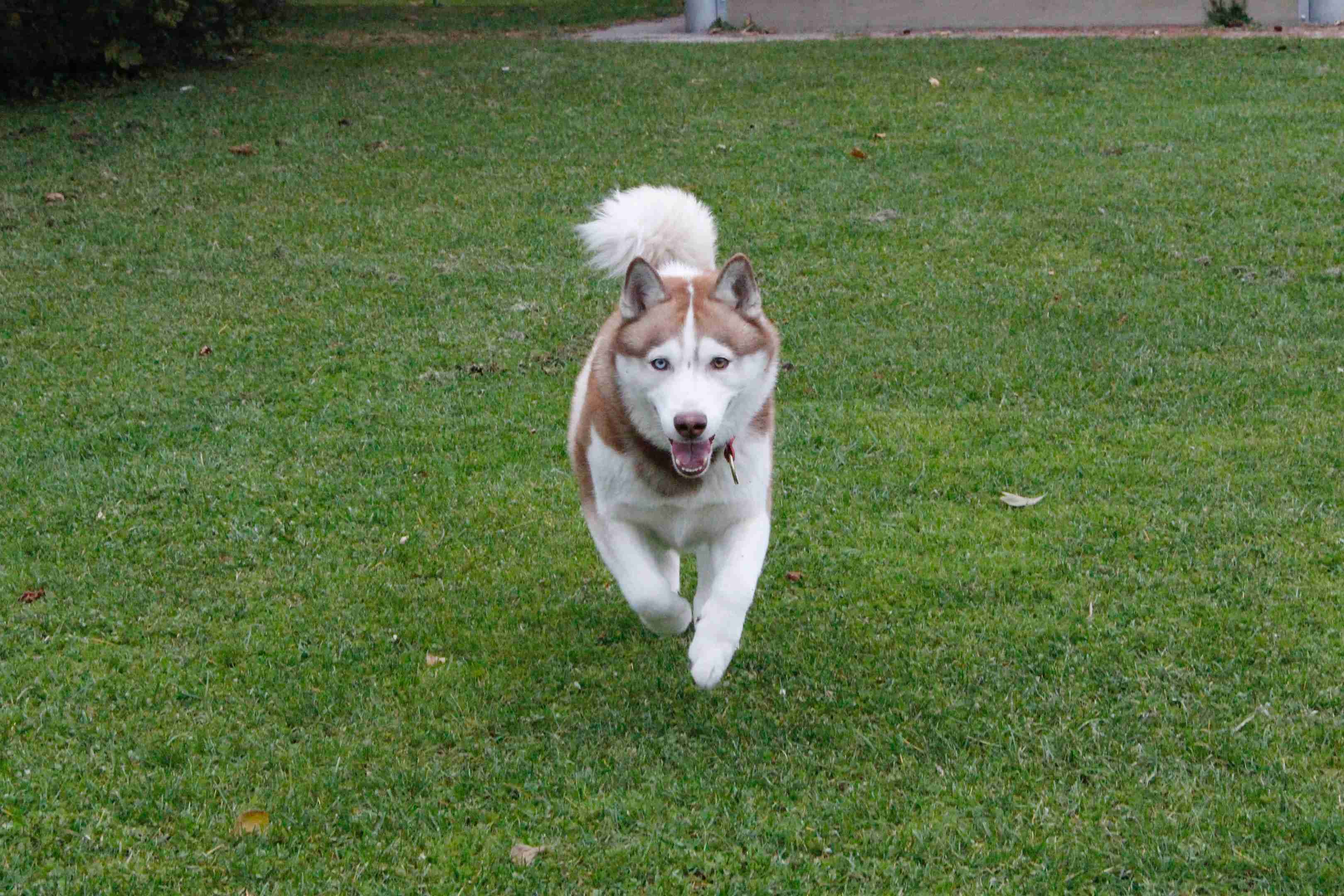As a pet owner, it’s important to be aware of any health issues that your furry friend may be experiencing. One such issue that can be particularly concerning is canine epilepsy. Epilepsy is a neurological disorder that affects dogs of all breeds and ages. It can be a scary thing to witness, but knowing how to recognize the symptoms and seek proper treatment can help manage the condition. In this guide, we’ll go over the common symptoms of canine epilepsy so you can better understand what to look for and how to help your dog.
Spotting the Signs: A to-choosing-the-perfect-crate-size-for-your-french-bulldog-puppy/”>Guide to Recognizing Canine Epilepsy Symptoms
As dog owners, we always want our furry companions to be healthy and happy. However, sometimes our pets can develop health issues, and it is important to be aware of the signs and symptoms. One of the most common neurological disorders that dogs can develop is epilepsy. In this blog post, we will discuss what canine epilepsy is, its causes, and most importantly, how to recognize the symptoms.
What is Canine Epilepsy?
Epilepsy is a neurological disorder that affects the brain’s electrical activity. It occurs when the brain’s neurons misfire, causing seizures or convulsions. Canine epilepsy is similar to human epilepsy, and it affects approximately 0.75% of all dogs. It can occur in dogs of any age or breed, and it is most commonly diagnosed in dogs between the ages of 1 and 5 years old.
What Causes Canine Epilepsy?
The cause of canine epilepsy is often unknown, but it is believed to be a combination of genetic and environmental factors. Some breeds are more prone to epilepsy than others, such as Beagles, Boxers, and Dachshunds. Additionally, epilepsy can also be caused by head trauma, brain tumors, infections, or exposure to toxins.
Symptoms of Canine Epilepsy
The most common symptom of epilepsy in dogs is seizures. However, there are several different types of seizures that dogs can experience, and they can vary in severity. Here are some of the most common symptoms of canine epilepsy:
1. Generalized Seizures: These seizures affect the whole body and can cause the dog to lose consciousness, fall to the ground, and convulse. They may also drool, urinate, or defecate during the seizure.

2. Focal Seizures: These seizures only affect one part of the body, such as the face, paw, or leg. The dog may show signs of twitching, chewing, or biting.
3. Absence Seizures: These seizures cause the dog to stare into space and become unresponsive. They may also exhibit lip-smacking or chewing movements.
4. Cluster Seizures: These seizures occur in clusters, with multiple seizures happening in a short period of time.
5. Status Epilepticus: This is a medical emergency that occurs when a seizure lasts longer than 5 minutes or when the dog has multiple seizures without regaining consciousness in between.
Recognizing the symptoms of canine epilepsy is crucial for early detection and treatment. If you notice any of the above symptoms in your dog, it is important to consult with a veterinarian immediately.
Diagnosis and Treatment
Diagnosing canine epilepsy can be challenging, as there is no specific test for it. However, your veterinarian may perform blood work, a neurological exam, and an MRI or CT scan to rule out other potential causes of seizures.
If your dog is diagnosed with epilepsy, there are several treatment options available. The most common treatment is medication, such as phenobarbital or potassium bromide, which helps to reduce the frequency and severity of seizures. Additionally, a healthy diet, exercise, and stress reduction can also help to manage epilepsy in dogs.
Conclusion
Canine epilepsy can be a scary and overwhelming diagnosis, but with proper management and treatment, dogs with epilepsy can live happy and healthy lives. Recognizing the symptoms of epilepsy is key to early detection and successful treatment. If you notice any of the symptoms listed above in your dog, do not hesitate to consult with a veterinarian. With the right care and attention, your furry friend can continue to bring joy and happiness into your life.
In conclusion, recognizing the symptoms of canine epilepsy is crucial for the overall health and well-being of our furry friends. If you suspect that your dog may be experiencing seizures or any of the other symptoms mentioned in this guide, it is important to consult with your veterinarian as soon as possible. With proper diagnosis and treatment, many dogs with epilepsy can live happy and healthy lives. Remember to always keep a close eye on your dog’s behavior and don’t hesitate to seek professional help if you have any concerns. Let’s work together to keep our furry friends healthy and happy for years to come.



.png)
%20-%20Copy.png)
%20-%20Copy.jpg)
.jpg)

%20-%20Copy.jpg)